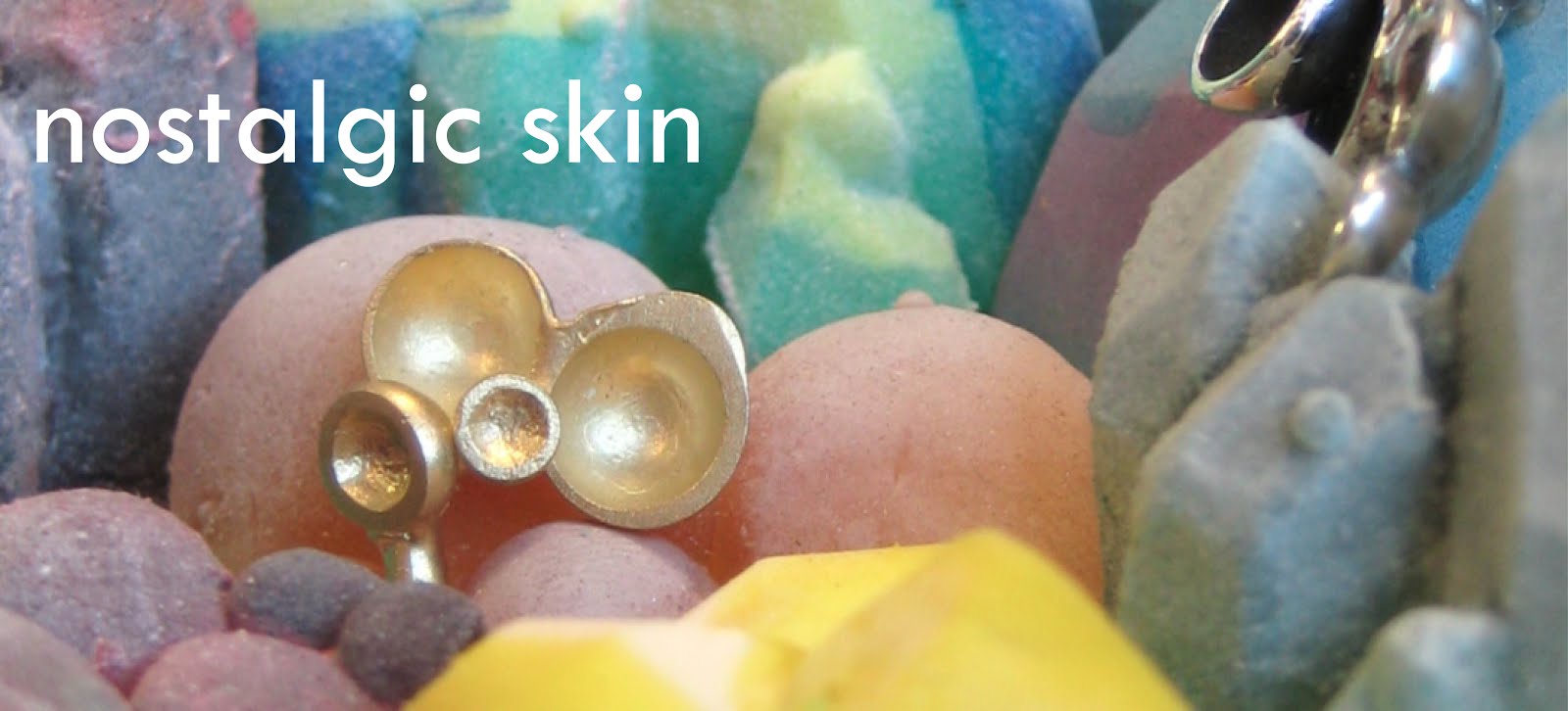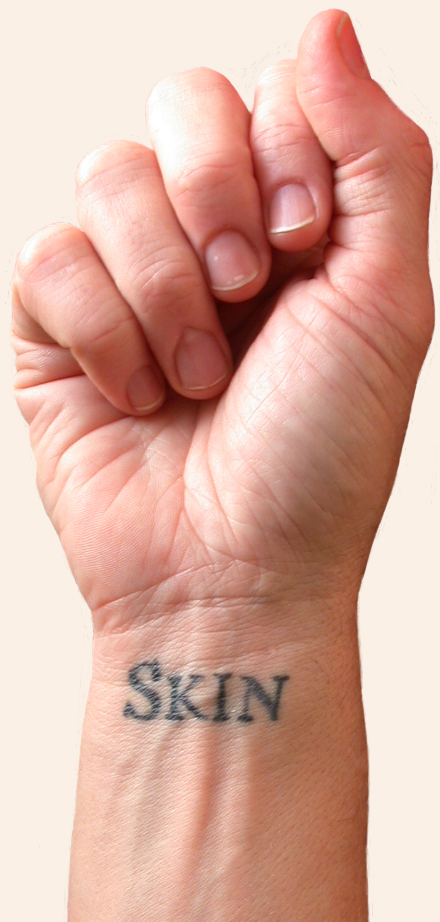 |
| Hollow Muscle |
"The work presents skin history, or, to be more precise, histories in skin. In part it examines American exceptionalism and its religious origins, in part it is a critique of hate; its tribal, racial, and ethnic antecedents, and more broadly it delves into unfamiliar areas, areas where each individual viewer is left to assess the human condition, its priorities, and its collective psyche. Neither is the installation propagandistic. Rather it is heavily layered. The complex relationships between identity, dehumanization, the effects of human dominion over the planet, ancient grudges and the world of superstition, and of course war and suffering are some, but not all, of what is considered." Source: krasnow
Also refer to:
artcritical
artrabbit
GV art
wired
Geoff Ostling
Ostling has agreed to donate his skin to the National Gallery in Canberra. Beautifully tattooed in flora drawn by artist eX de Medici, many of his flowers are Australian natives. He says:
"After I die, I have promised to donate my tattooed skin to the National Gallery of Australia. The story of how this will be done is told in a half-hour documentary film simply called SKIN. It includes a visit to the see the preserved tattoo skins at the Medical Museum at the University of Tokyo and brief interviews with my tattoo artist and all the peopled involved in the removal and preservation of my tattooed bodysuit." Source: heavily tattooed bear
Also refer to:
This excellent 2010 interview with Richard Fidler on abc radio
The Sydney Morning Herald
the daily telegraph
Shelley Jackson - SKIN
The SKIN project is a combination of literature and body art. Volunteers across the world have a single word of Jackson's story tattooed onto their body. The work is published through their skin and only after they have returned a confirming photo of the tattooed word are they sent a copy of the story in full.
Jackson says of the work once it is published through tattooing:
"From this time on, participants will be known as "words". They are not understood as carriers or agents of the words they bear, but as their embodiments. As a result, injuries to the printed text, such as dermabrasion, laser surgery, tattoo cover work or the loss of body parts, will not be considered to alter the work. Only the death of words effaces them from the text. As words die the story will change; when the last word dies the story will also have died. The author will make every effort to attend the funerals of her words." Source: Skin Guidelines



No comments:
Post a Comment